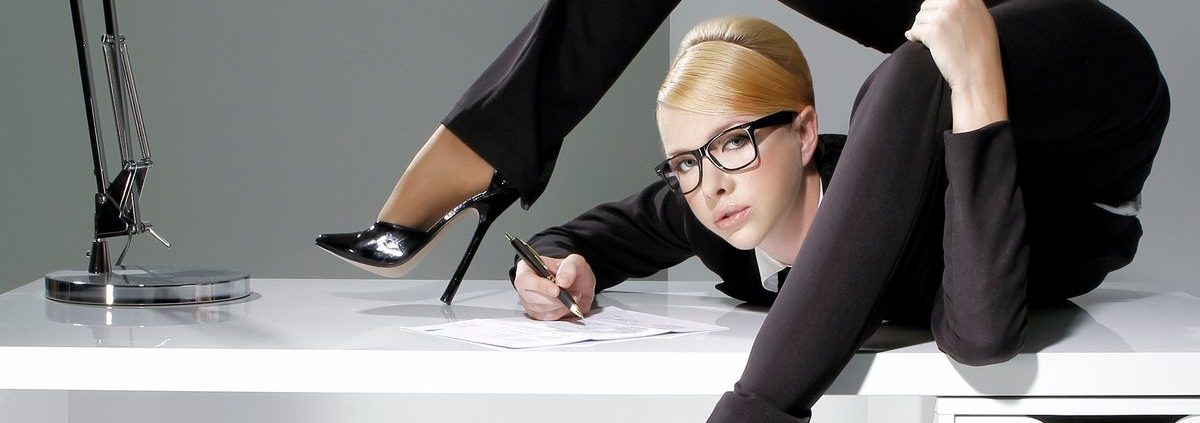The Art of Ergonomic Science
If you’re not absolutely certain that outfitting space requires at least as much art as science, consider this: A recent research paper, published by Emerald Insight — “Stand Up to Work: assessing the health impact of adjustable workstations” — studied employees randomly selected from three floors in an office building. People on one floor got adjustable workstations (AWS). People on the other two floors got traditional desks (TD). Here’s a summary of the findings:
47 percent of participants with AWS reported decline in upper back, shoulder, and neck discomfort … 65 percent [of AWS participants] reported increased productivity … Individuals with normal or underweight body mass index (BMI) reported a significantly greater decline in percent of time sitting compared to participants with overweight or obese BMI.
So, there you have it. The ergonomics of standing are healthier, more comfortable, and more conducive to productivity, particularly for people who didn’t tend to be overweight. Case closed, right?
Not so fast.
On Further Review …
In another recent research project, the results of which were published by NeuroRegulation — “Do better in math: How your body posture may change stereotype threat response” — studied 125 students, mean age 23.5 years, to determine the influence of posture on academic performance. The students, half of them sitting erect, half of them slouching, were asked to subtract 7 serially from 964 for 30 seconds. Reversing position, they were asked to repeat the subtraction beginning at 834 and rated the difficulty on a scale from 0 (none) to 10 (extreme). Here’s a summary of those findings
The math test was rated significantly more difficult while sitting slouched … than while sitting erect … Participants with the highest test anxiety, math difficulty, and blanking out scores rated the math task significantly more difficult in the slouched position … as compared to the erect position … clinicians who work with students who have learning difficulty may improve outcome if they include posture changes.
Beautiful. Another instance of settled ergonomic science … unless you read the Emerald Insight paper. If you read the results of both studies, you won’t be sure if you should sit or stand, straighten up or slouch, laugh, cry, or flip a coin.
Enter Common Sense
Since, like outfitting space, common sense is an art, the application of both is a prerequisite to designing the right space for the people who’ll use it. We have to allow for the fact that, for some people, the traditional desk is going away. They’d rather work at an adjustable workstation, in an easy chair, or on a sofa. Other people prefer a more traditional arrangement — a desk and a chair, both of which are strictly intended to be used for work. Neither is wrong. Both are right for the people who want them.
As long as we create spaces that are comfortable for the people who use them and, so, conducive to satisfaction and productivity, we’ll be fine.
In do doing, art and common sense are the perfect combination.




Leave a Reply
Want to join the discussion?Feel free to contribute!